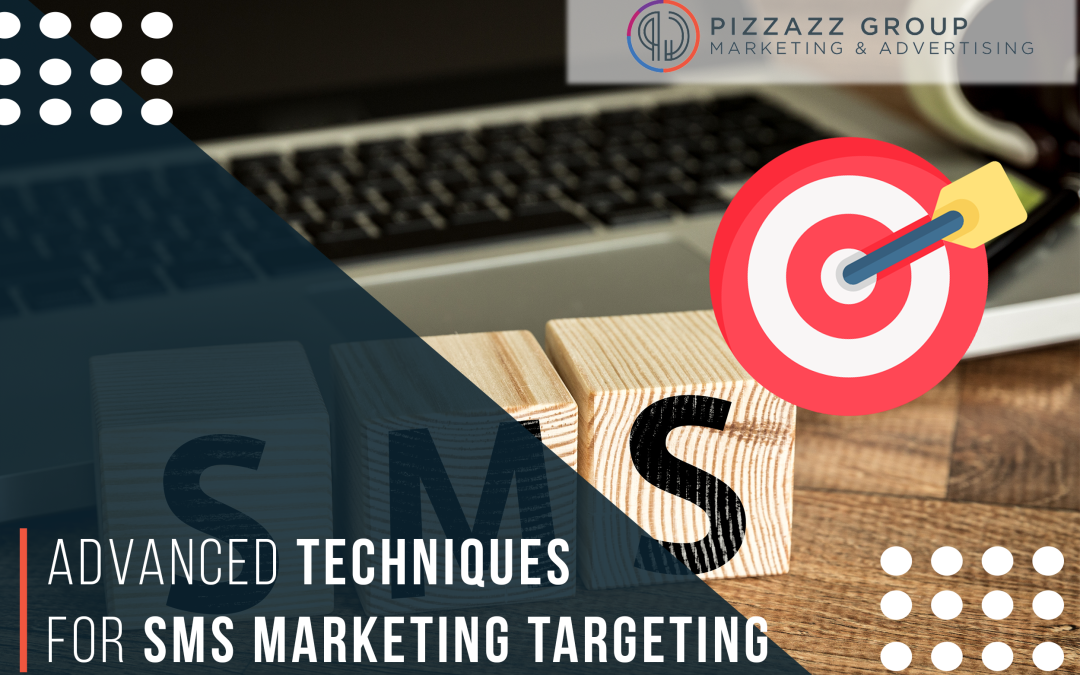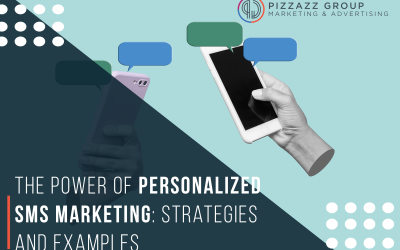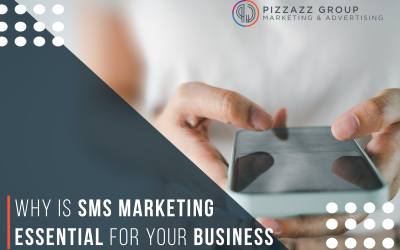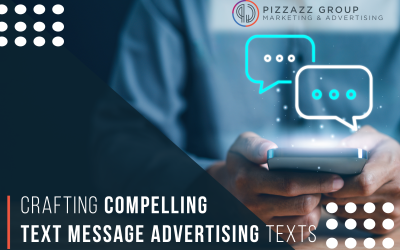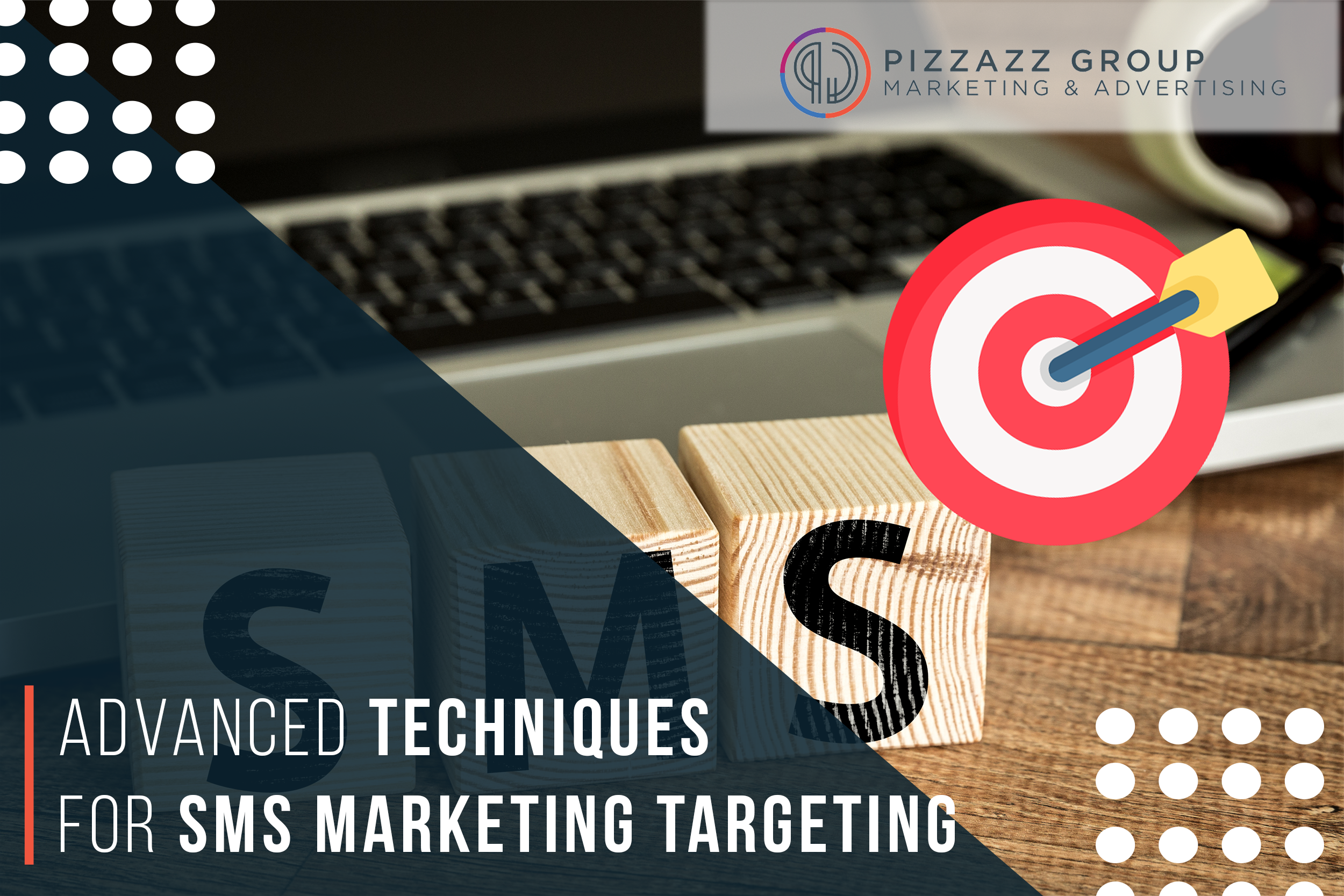
SMS marketing has emerged as a powerful tool for businesses to reach their audience directly. With its high open rates and immediate delivery, SMS marketing offers unique opportunities to engage with customers. However, to truly harness the potential of SMS marketing, advanced targeting techniques are essential. In this blog, we will explore various strategies to enhance your SMS marketing efforts, ensuring you reach the right audience at the right time with the right message.
Understanding the Basics of SMS Marketing
Before diving into advanced techniques, it’s important to understand the foundational aspects of SMS marketing. SMS marketing involves sending promotional messages, alerts, or updates directly to customers’ mobile phones. The key advantages include high open rates, quick delivery, and the ability to reach customers on-the-go.
SMS marketing has emerged as a powerful tool for businesses to reach their audience directly. With its high open rates and immediate delivery, SMS marketing offers unique opportunities to engage with customers. However, to truly harness the potential of SMS marketing, advanced targeting techniques are essential. In this blog, we will explore various strategies to enhance your SMS marketing efforts, ensuring you reach the right audience at the right time with the right message.
Understanding the Basics of SMS Marketing
Before diving into advanced techniques, it’s important to understand the foundational aspects of SMS marketing. SMS marketing involves sending promotional messages, alerts, or updates directly to customers’ mobile phones. The key advantages include high open rates, quick delivery, and the ability to reach customers on-the-go.

However, the effectiveness of SMS marketing largely depends on the relevance of the messages sent. This is where advanced targeting techniques come into play, enabling businesses to personalize their messages and improve engagement rates.
1. Segmenting Your Audience
• Demographic Segmentation: Categorize your audience based on age, gender, location, income, etc. For instance, a clothing retailer might send different promotions to young adults than to older adults.
• Behavioral Segmentation: Group customers based on their behavior, such as past purchases, browsing history, or engagement with previous campaigns. For example, customers who have purchased sports equipment might receive promotions related to fitness gear.
• Psychographic Segmentation: Understand your customers’ lifestyle, interests, and values. This deeper understanding allows for more personalized messaging. For example, environmentally conscious customers might appreciate messages highlighting eco-friendly products.
2. Leveraging Customer Data for Personalization
To achieve effective SMS marketing targeting, leveraging customer data is crucial. The more you know about your customers, the better you can personalize your messages. Here are some strategies:
• Purchase History: Use data on past purchases to recommend similar or complementary products. For instance, if a customer recently bought a smartphone, you could suggest accessories like phone cases or headphones.
• Browsing Behavior: Track which products or services customers have shown interest in by analyzing their browsing behavior on your website. This can help you send targeted promotions or reminders.
• Engagement Matrics: Monitor how customers interact with your SMS campaigns. Are they clicking on links? Are they responding to your messages? Use this data to refine your targeting and improve future campaigns.
3. Utilizing Geolocation Targeting
Geolocation targeting allows you to send SMS messages based on the recipient’s physical location. This technique is particularly effective for brick-and-mortar businesses or location-specific promotions. Here are some examples:
4. Timing Your Messages
Timing is critical in SMS marketing. Sending messages at the right time can impact engagement rates. Here are some advanced timing techniques:
• Event-Driven Campaigns: Leverage important dates such as birthdays, anniversaries, or seasonal holidays to send personalized messages. For example, offering a discount on a customer’s birthday can create a positive impression and encourage purchases.
5. A/B Testing for Continuous Improvement
A/B testing involves sending two variations of a message to a small subset of your audience to determine which one performs better. This technique helps in optimizing your SMS marketing campaigns. Here’s how to implement A/B testing effectively:
6. Compliance and Opt-In Management
Ensuring compliance with regulations and managing opt-ins effectively is crucial for the success of your SMS marketing campaigns. Here are some best practices:
• Frequency Management: Respect your customers’ preferences regarding the frequency of messages. Avoid sending too many messages, which can lead to opt-outs and negative perceptions.
7. Integrating SMS with Other Marketing Channels
Integrating SMS marketing with other channels such as email, social media, and your website can create a cohesive customer experience. Here are some integration strategies:
• Cross-Promotions: Use SMS to promote your social media channels or email newsletters, and vice versa. This can help in increasing your reach and engagement across multiple platforms.
• Consistent Messaging: Ensure that your messaging is consistent across all channels. This reinforces your brand identity and improves recognition.
• Unified Customer Data: Integrate customer data from all channels to create a comprehensive view of each customer. This enables more accurate targeting and personalization.
Conclusion
Advanced SMS marketing targeting techniques can enhance the effectiveness of your campaigns, leading to higher engagement and conversion rates. By segmenting your audience, leveraging customer data, utilizing geolocation targeting, timing your messages effectively, conducting A/B testing, ensuring compliance, and integrating SMS with other marketing channels, you can create a powerful and personalized SMS marketing strategy. Embrace these advanced techniques to stay ahead of the competition and build stronger relationships with your customers.
For more information on SMS Marketing, contact Pizzazz Group at customer@pizzazzgroup.com or by calling (614) 350-1681.
Related SMS Marketing Blogs
The Power of Personalized SMS Marketing: Strategies and Examples
In today's digital landscape, consumers are bombarded with generic marketing messages across multiple channels. To stand out and engage effectively, businesses must adopt personalized approaches that resonate with their audience. Personalized SMS marketing offers a...
Why is SMS Marketing Essential For Your Business?
SMS marketing has emerged as a vital tool for direct and effective communication. With its unparalleled reach, high engagement rates, and ability to deliver messages instantly, SMS marketing offers businesses a unique opportunity to connect with customers in a...
Crafting Compelling Text Message Advertising Texts
With open rates exceeding 90%, text messaging offers a direct line to your audience, ensuring your message is seen quickly. However, crafting compelling text message advertising texts requires a strategic approach to capture attention and drive action. In this blog,...


